
The New Authoritarian Axis: How Russia Multiplied Cooperation With China, Iran, and North Korea
Russia’s cooperation with China, Iran, North Korea, and Belarus — referred to as the “New Axis” — has intensified dramatically since the start of its full-scale invasion of Ukraine, as Moscow seeks new allies amid deepening isolation from the West. An OpenMinds investigation reveals that since 2021, there has been a nearly fourfold increase in mentions of cooperation with these countries in pro-Kremlin media. The expanding alliance is not limited to military or economic ties — it includes increasing tourism, cultural exchanges, and sports.
In June 2024, Vladimir Putin visited North Korea for the first time in 24 years. While being in Pyongyang, he received numerous gifts from Kim Jong Un and delivered some himself, such as a Russian-assembled Aurus limousine. After signing a strategic agreement, planning a joint space mission, expressing “warmth and hospitality,” agreeing to hold a Russia-North Korea women's football match, and visiting an Orthodox church in Pyongyang, Putin departed from North Korea in a film-like scene with hugs, smiles and hand-waving almost until the plane took off.
The North Korean case is not one-off. Since the beginning of the full-scale invasion of Ukraine, the Kremlin has found itself in new geopolitical conditions, isolated from most Western countries. Although cooperation with new partners is up since 2022, China, Iran, and North Korea stand out for their dramatic increase. Together with Belarus, this group of countries is sometimes referred to as the “New Axis.” While Belarus is an old ally with the constant presence in pro-Kremlin media in the 2021-2025 period, the average annual number of mentions for China, Iran and North Korea almost doubled. Overall, there have been more than 24 thousand publications mentioning the cooperation between Russia and the New Axis since 2021.
The clear leader in the axis is North Korea — while in 2021 pro-Kremlin media dedicated 15 publications to the cooperation, in 2024 the number was 1604, which on average is nearly 134 mentions per month. Cooperation with the New Axis goes hand in hand with the rising number of threats aimed towards the West (see Reset That Failed, our report measuring the Russian Threat Index towards other countries).
While media mentions often include multiple publications on the same occasion — sometimes limited to “soft” verbal statements or diplomatic rhetoric without concrete outcomes — we identified tangible acts of cooperation as well. These are concrete actions that go beyond words, such as signing agreements, conducting joint military drills, or engaging in sanctions evasion. We identified almost 2000 unique tangible acts of cooperation with the New Axis since 2021. The number of such events increased 3.8 times, from 154 in 2021 to 587 in 2024.
Another measure of media coverage is the average post number per unique event. For the New Axis, it has significantly grown throughout the years, from 9.8 in 2021 to 17.9 in 2025. This trend reflects both rising attention to these countries and a deliberate strategy by pro-Kremlin media to amplify such events, shaping the domestic discourse.
From Dual-Use Exports to Ground Troops
Overall, we identified more than 5 300 mentions of military cooperation between Russia and the New Axis, 22% from the Axis-related content. Within military cooperation content, 21% was dedicated to joint military drills, such as annual naval drills with Iran and China.
In summer 2022, Iran started providing Shahed drones for Russia. Since mid-autumn that year, Russia has been regularly using them to conduct attacks on Ukraine, making Iran one of its closest military allies. Iranian military instructors taught Russian soldiers to launch the drones and Russia localised the production of them — most likely, with a licence agreement between the countries.
Russia provided military aid to Iran as well, exporting its Yak-130 training planes to Iran in 2023 and agreeing to sell 12 Mi-17 helicopters the next year. In March 2024, together with China, three countries held joint naval drills in the Gulf of Oman. Finally, at the beginning of 2025, Russia and Iran signed a 20-year treaty on strategic cooperation, starting another joint naval drill in March this year.
As for China, it does not officially supply weapons to Russia. However, the ties between the two countries in regards to military cooperation clearly exist. In April 2023, then-head of the Chinese MoD Li Shangfu visited Russia. It was his first international visit in the ministerial position — he chose Russia because of the “special nature and strategic essence” of the bilateral relations. Also, Russia regularly conducts joint military drills with China. March 2025, September 2024, July 2024, and March 2024 are among the recent ones.
The third partner of the New Axis, North Korea, is the only country that has officially sent its ground troops to take part in the war in Ukraine. Although they confirmed it in April 2025, the first evidence of North Koreans countering Ukraine’s Kursk incursion appeared in autumn 2024. Military friendship with North Korea turned out to be fast-paced, as before Shoigu’s visit to Pyongyang in July 2023, there was almost no content about cooperation in this sphere.
That visit did not receive detailed coverage, only that the sides discussed “global and regional security.” Several months later, at the September summit, countries expressed the will to create a joint security strategy and build shared satellites. Russian officials were hesitant to discuss deepening military relations. However, less than a year later, in June 2024, both countries signed a strategic treaty that includes provisions on military cooperation. Half a year went by, and the first two North Korean POWs were captured by the Ukrainian army.
Military cooperation with Belarus has been present in the pro-Kremlin media well before the full-scale invasion, but the coverage has increased throughout the years. One of the recent developments includes Putin claiming that Russia might deploy its “Oreshnik” missiles in Belarus. In May 2024, Putin said that Russia regards security of Belarus “the same way as the security of Russia.”
Choose a Payment Method
During the observation period, there have been almost 3 800 mentions of economic cooperation, which accounts for 16% of the content related to the New Axis. In 2022, the number of related publications doubled. The growth in the publication number reflects Russia’s increased economic ties with its new partners, such as using national currencies in trade or mutual investments.
One of the most evident cases of cooperation with the “axis” is Russian–Chinese relations in the car industry, where China found an opportunity to capture the market after Western automotive companies left Russia. In 2024, Russia was the main importer of Chinese cars, and Chinese branches ended up among the top companies in Russia. China localises the manufacturing of its own cars in Russia — on the factory in Kaliningrad, for example, or within a joint venture, Tenet, established in February 2025 and occupying the ex-Volkswagen factory in Kaluga. Overall, China is currently the key trade partner for Russia, with the trade values reaching record levels in 2024.
As for cooperation with Iran, both countries agreed on using national currencies for trading in 2022. A year later, Iran signed a free trade agreement with Russia. And just within the last year, Russia managed to extend financial cooperation: in July 2024, the Central Bank of Iran announced mutual acceptance of the Mir and Shetab payment systems in both countries. In January 2025, Russian state-owned VTB Bank claimed that it plans to open its first office in Iran by the end of the year.
Pro-Kremlin media do not write a lot about economic ties with North Korea, even though the railway crossings between the countries are being expanded. In the media, economic cooperation is reduced to isolated facts: for example, the export of Russian rice or the import of North Korean apples. Also, Russian Minister of Natural Resources Alexander Kozlov claimed that he discussed mineral extraction with Pyongyang, although not describing any details.
The economic cooperation between Russia and Belarus resembles the deep level of integration between the two within the so-called “Union State.” For example, they cancelled mobile roaming so that citizens might use local tariffs while calling abroad. In November 2024, Putin signed a decree that extends Russian car insurance to the Belarusian territory. In the beginning of 2024, the countries signed numerous agreements, one of which is titled as Unified Industrial Policy and relates to economic autonomy from imported goods.
Discovering the Terra Incognita
In August 2024, a group of Russian children from a state-sponsored “Movement of the First” — a youth pro-governmental organisation — went for a trip to the Songdowon International children's camp, a North Korean showcase that was modernised in 2014. “Why do we trust everything we read on the Internet?” said one of the participants of the group, sharing her astonishment at the fact that North Korean children watched Disney animation films.
Although the tourism industry is among the smallest categories with only 461 publications from January 2021 to May 2025, there are significant dynamics — the case of tourism cooperation with North Korea and China. In 2021, the leading countries in tourism representation were traditional destinations such as Turkey and Egypt, and neighbouring Belarus. By 2024, the landscape had shifted dramatically, with North Korea and China emerging as key players. Together, they accounted for 29% of tourism-related content about non-Western countries, up from just 1% in 2021.
In December 2024, Russia launched a train route to both countries, while the ex-President Medvedev claimed that tourist exchange between Russia and China is “leaps and bounds.” Aleksandr Kozlov, an official in charge of developing relations with North Korea, said that Russia had big plans with “Korean comrades” on expanding the number of tourist groups. North Korea is trying to go further, creating a special zone for Russian tourists that will consist of dozens of hotels, shops, and a coastal area.
In 2023, Russia and Iran signed a mutual visa-free regime for tourist groups. However, apart from reporting that the first Iranian tourists expressed “delight” after visiting Moscow, cooperation within the industry is not widely popular.
China remains the only country within the axis that requires visas from Russian tourists. However, the visa-free regime might be a reality soon — in March 2025, the Chinese embassy mentioned that both countries were working on it. In attracting tourists, Russia went further — the MFA’s spokesperson Maria Zakharova spoke Chinese, inviting to celebrate the Lunar New Year in Moscow. In October 2024, Putin told Xi Jinping that observed a growing number of Chinese tourists in Russia.
Conclusion
Driven by geopolitical isolation from the West, Moscow has increasingly relied on the New Axis for support. Beyond official military and economic cooperation, Russia has also sought to bolster cultural and tourist links with its new allies, trying to normalise and expand these relationships among the general public. Tourism exchanges with North Korea and China are growing, with new train routes and discussions about visa-free agreements.
Pro-Kremlin media amplify the cooperation by presenting it as a symbol of a multipolar world and Russia’s sovereignty. Altogether, the alignment with the New Axis marks a decisive shift in its foreign policy, replacing Russia’s former ties with Western countries with an alliance with fellow authoritarian regimes in all domains, from military cooperation to increased tourist traffic.
Though each pursues its own strategic interests, these countries have converged under an anti-Western umbrella. Yet this is not a tight, NATO‑style alliance — it is a loose, transactional coalition, driven more by mutual opposition to U.S. hegemony than by enduring trust, and recent evidence of China spying on Russia partially confirms it. Regardless, their alignment poses new challenges to global security. Iran’s regional ambitions, North Korea’s nuclear status, Russia’s war in Ukraine, and China’s growing appetite for Taiwan are not isolated challenges, but a deliberate and increasingly interconnected threat to the existing international order.
Methodology
We collected more than 3.4 million publications from 29 pro-Kremlin media channels in Telegram for the period from January 1, 2021, to May 14, 2025.
To operationalise Russia’s allies, we chose countries whose representatives of all levels visited Moscow on Victory Day in 2025. Additionally, we defined countries that were not represented during the parade, but have close ties with Russia. The final list of the countries include Armenia, Azerbaijan, Belarus, Bosnia and Herzegovina, Brazil, Burkina Faso, Central African Republic, China, Cuba, Egypt, Equatorial Guinea, Ethiopia, Guinea-Bissau, Hungary, India, Indonesia, Iran, Israel, Kazakhstan, Kyrgyzstan, Laos, Libya, Mongolia, Myanmar, Nicaragua, North Korea, Papua New Guinea, Republic of the Congo, Serbia, Slovakia, South Africa, Tajikistan, Turkmenistan, Turkey, Uzbekistan, Venezuela, Vietnam, and Zimbabwe.
By using keyword with nouns and adjectives that refer to countries’ names, we filtered the dataset, narrowing it down to 173 thousand publications. Then, we used a large language model (gpt-4o-mini) to filter out publications mentioning cooperation of Russia with the countries. After the filtering, we got the final dataset with 65 thousand publications. After that, we filtered out content with mentions of China, Iran, North Korea, and Belarus only, ending up with 24 thousand publications.
Two units of cooperation analysis were “spheres” and “events”.
“Spheres” included:
- Diplomacy: conducting negotiations and maintaining relations between nations, often through official channels and envoys, to manage relationships and achieve foreign policy goals.
- Military: efforts between the armed forces and other defence agencies of the countries, ranging from joint drills and training to intelligence sharing, mutual defence agreements, arms supplies, and support with instructors.
- Economy: various forms of collaboration in trade, investment, and financial matters.
- Energy and infrastructure: cooperation related to supplying oil and gas, developing ties in nuclear energy, and conducting joint projects related to transportation networks.
- Sports: joint competitions and exchanges.
- Culture and education: cultural diplomacy, expanding Russia’s soft power in the lingual and cultural contexts, opening universities’ branches in other countries.
- Tourism: agreements and initiatives aimed at facilitating and promoting travel between countries, such as visa-free regimes or new travel routes.
“Events” included acts such as statements, calls, official visits, signing agreements, visiting multilateral conferences, taking part in negotiations, or conducting joint drills.

.svg)





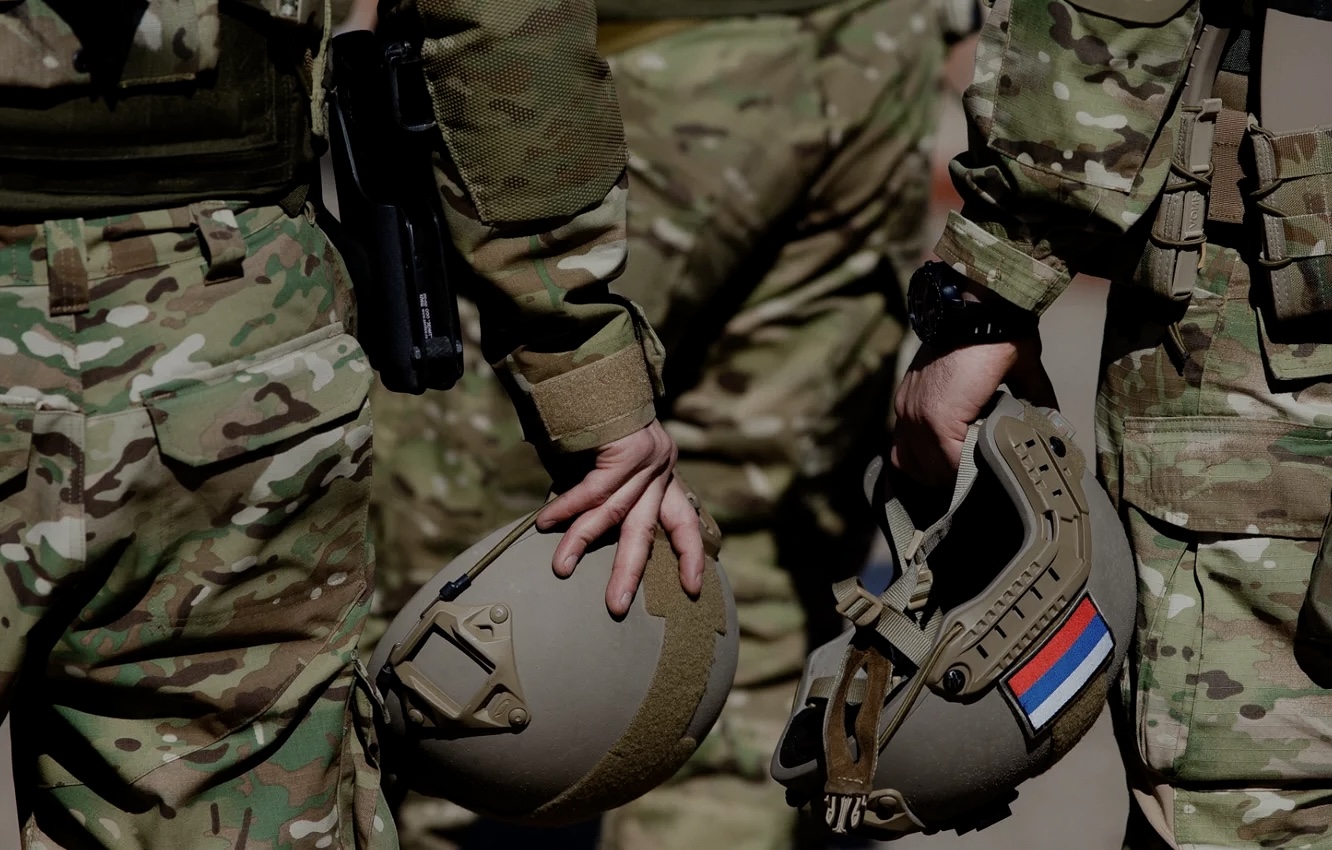

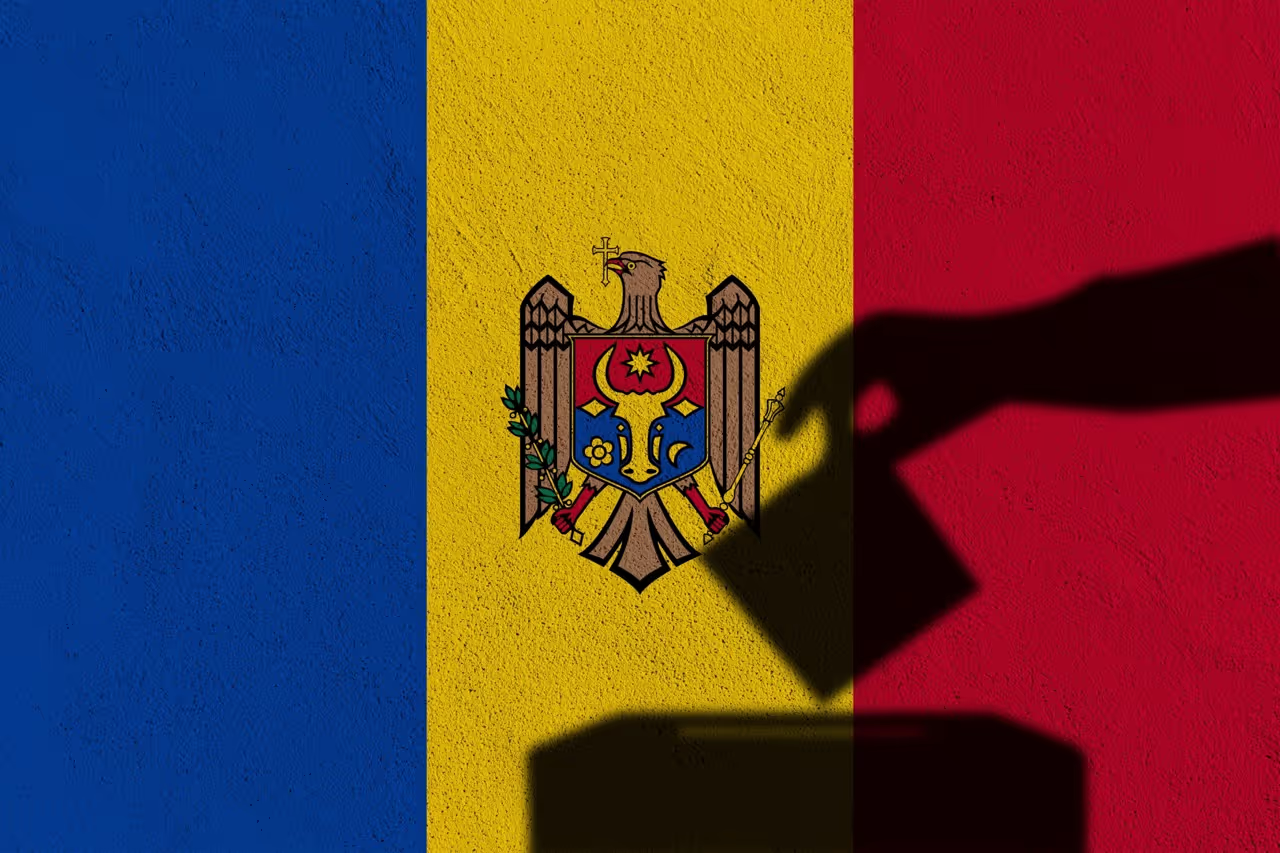
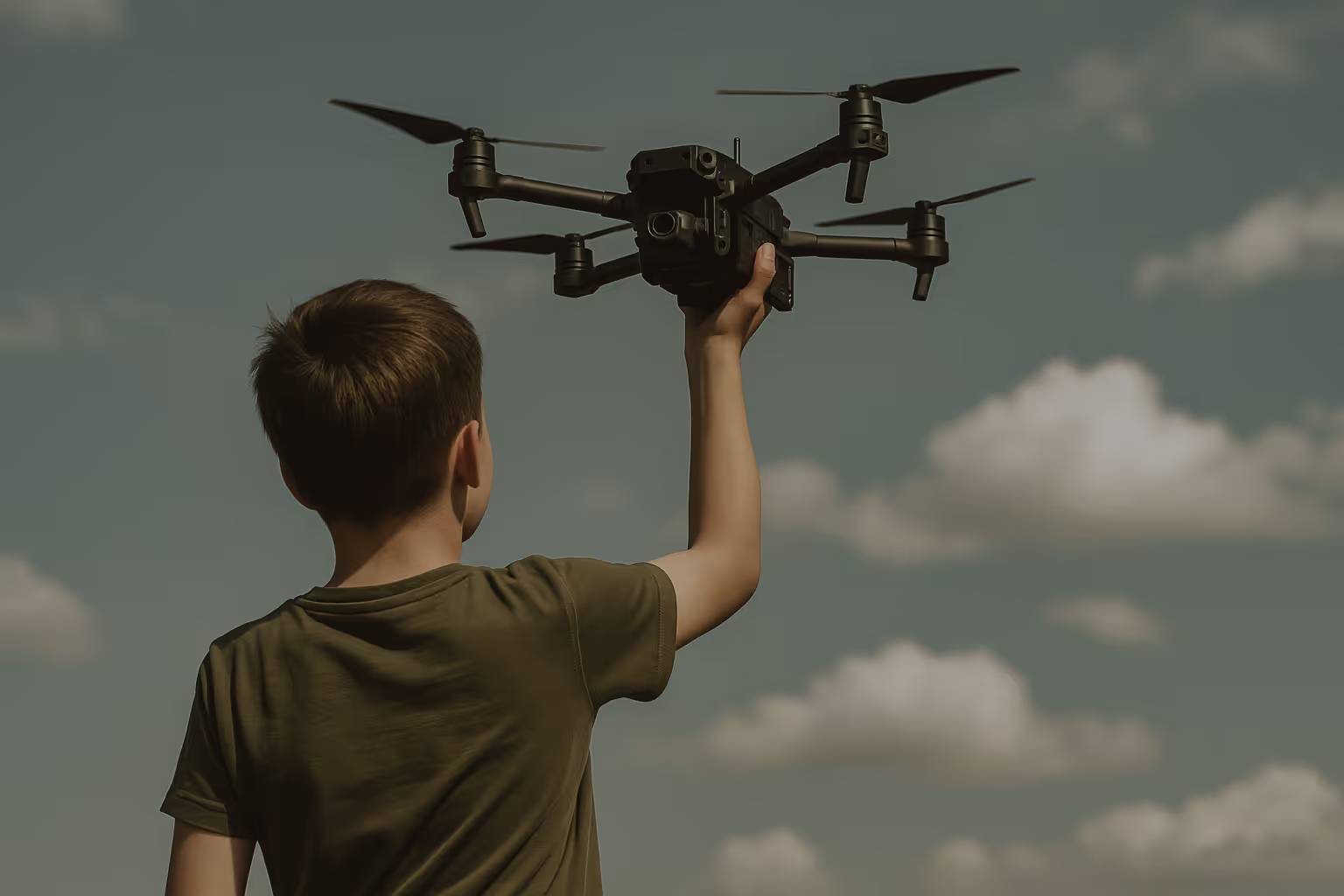
.avif)

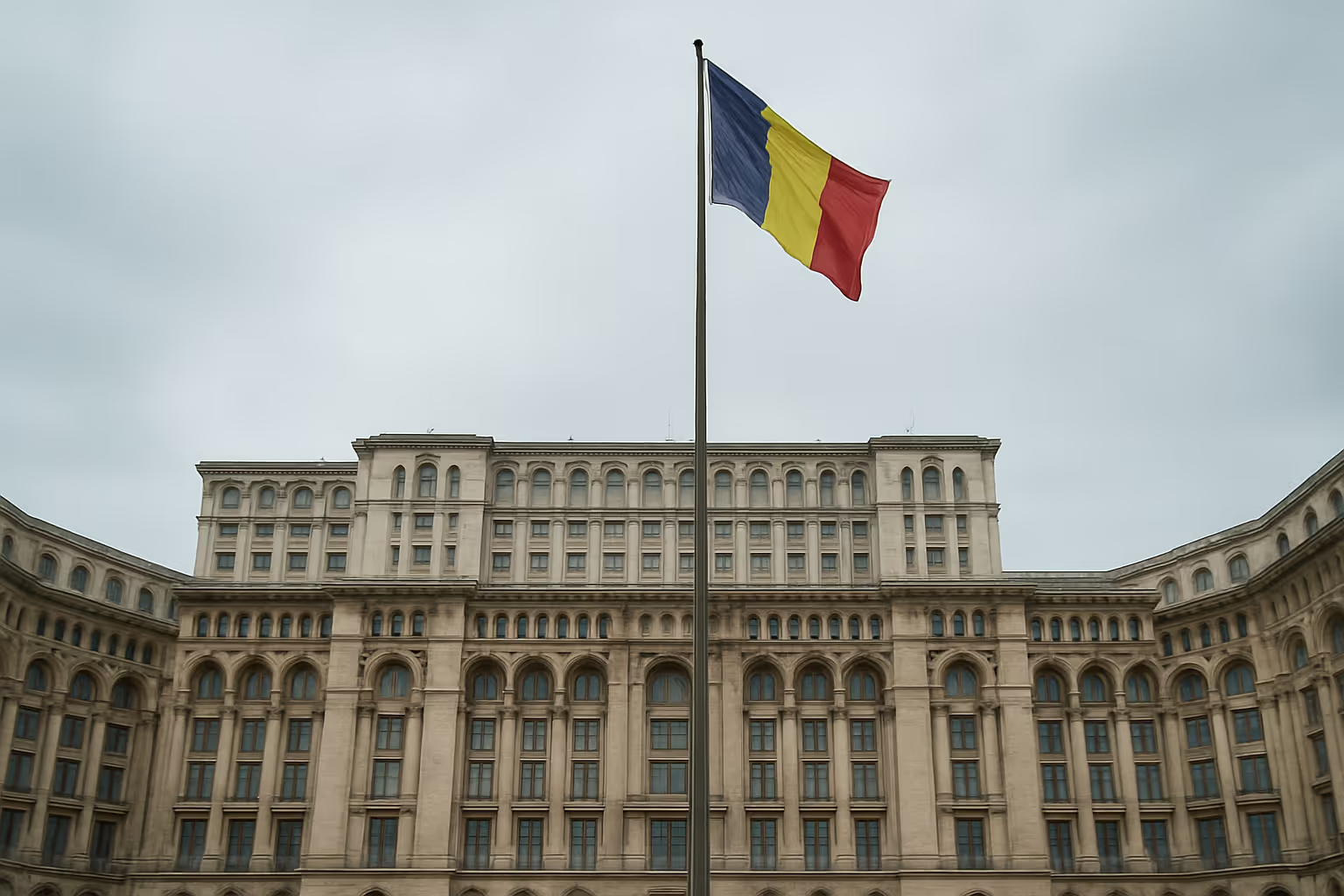
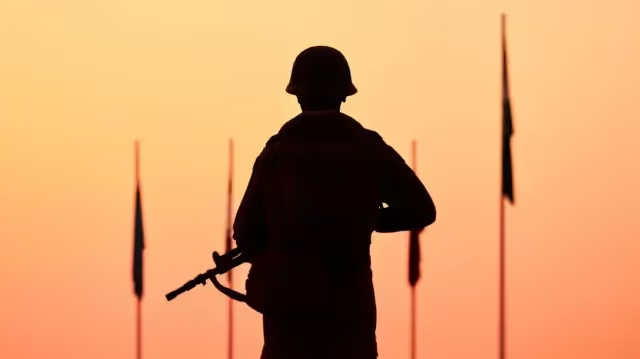
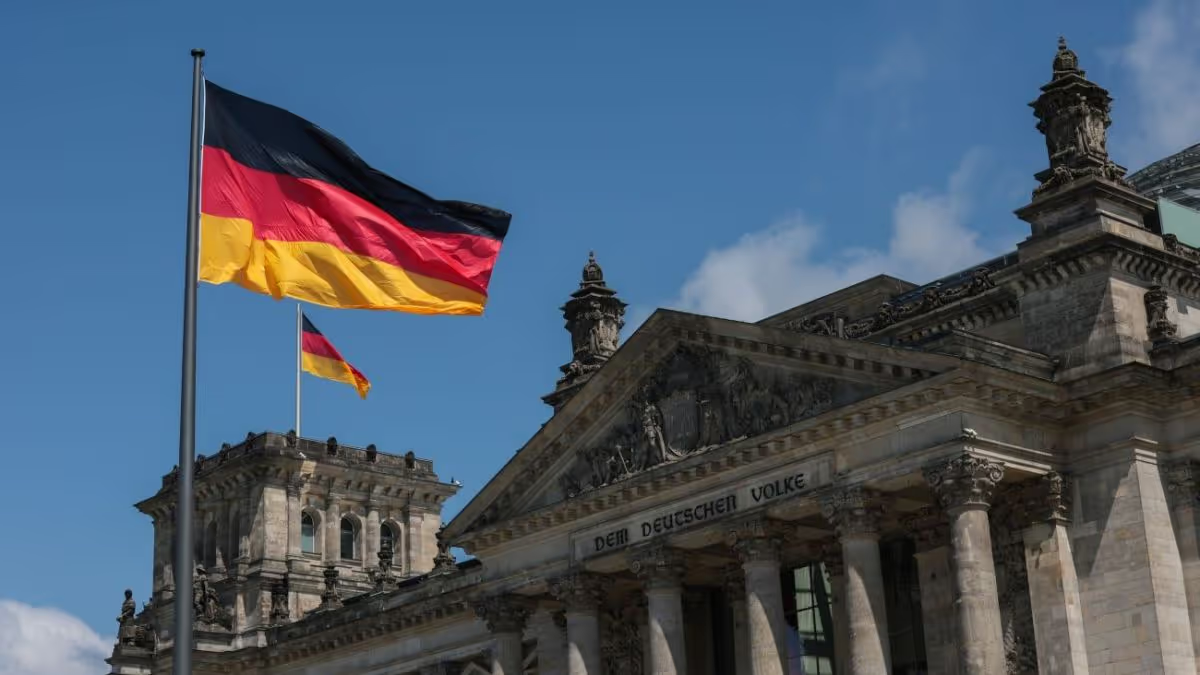
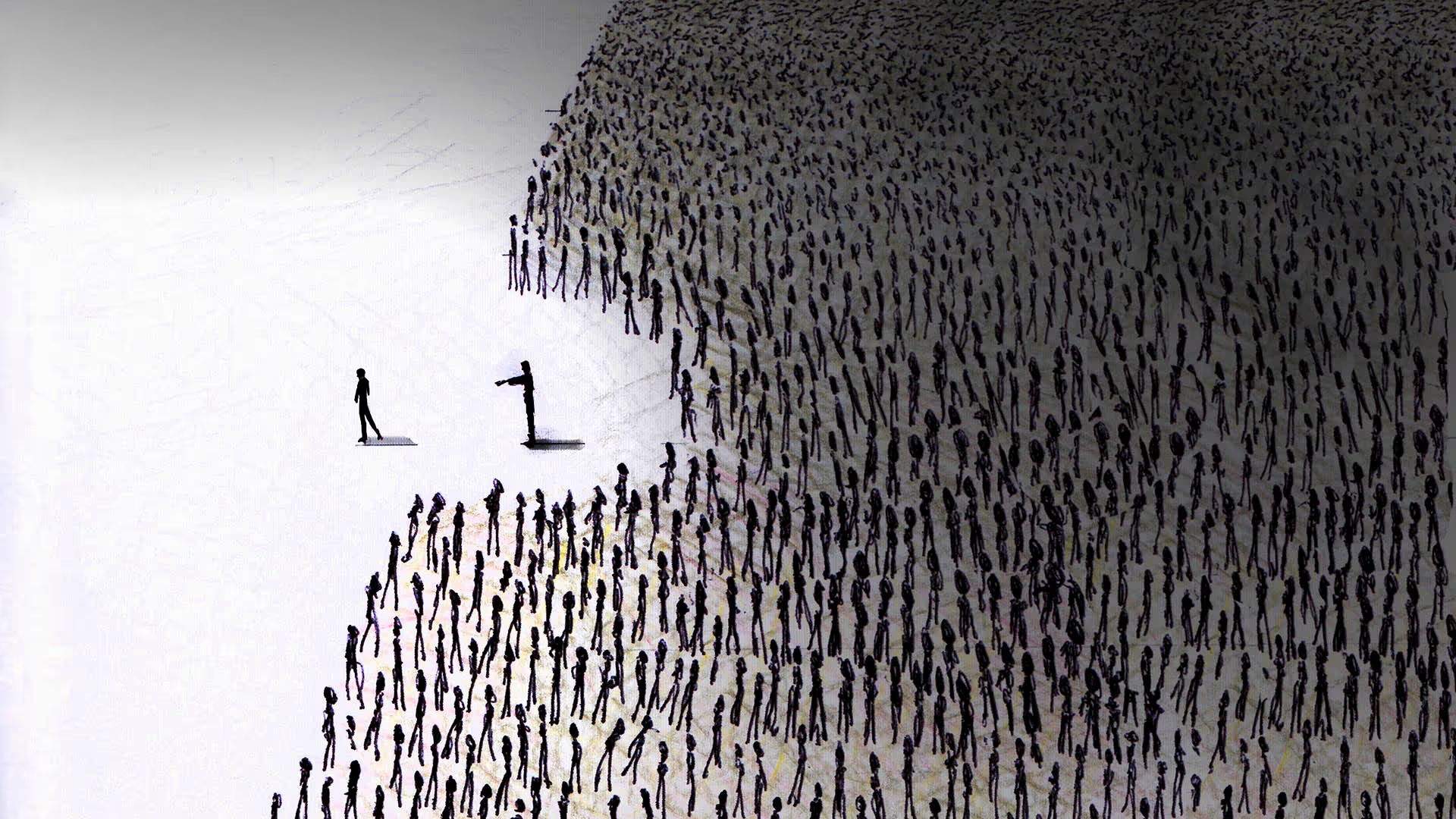
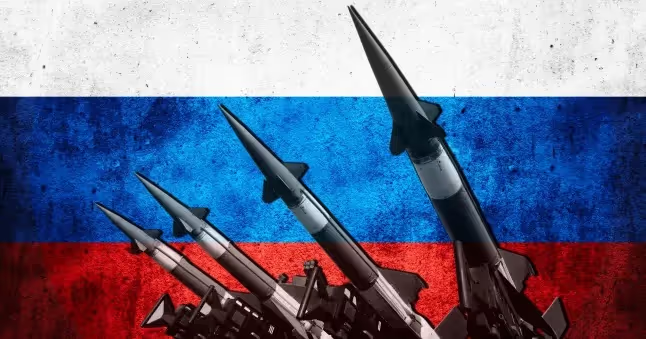
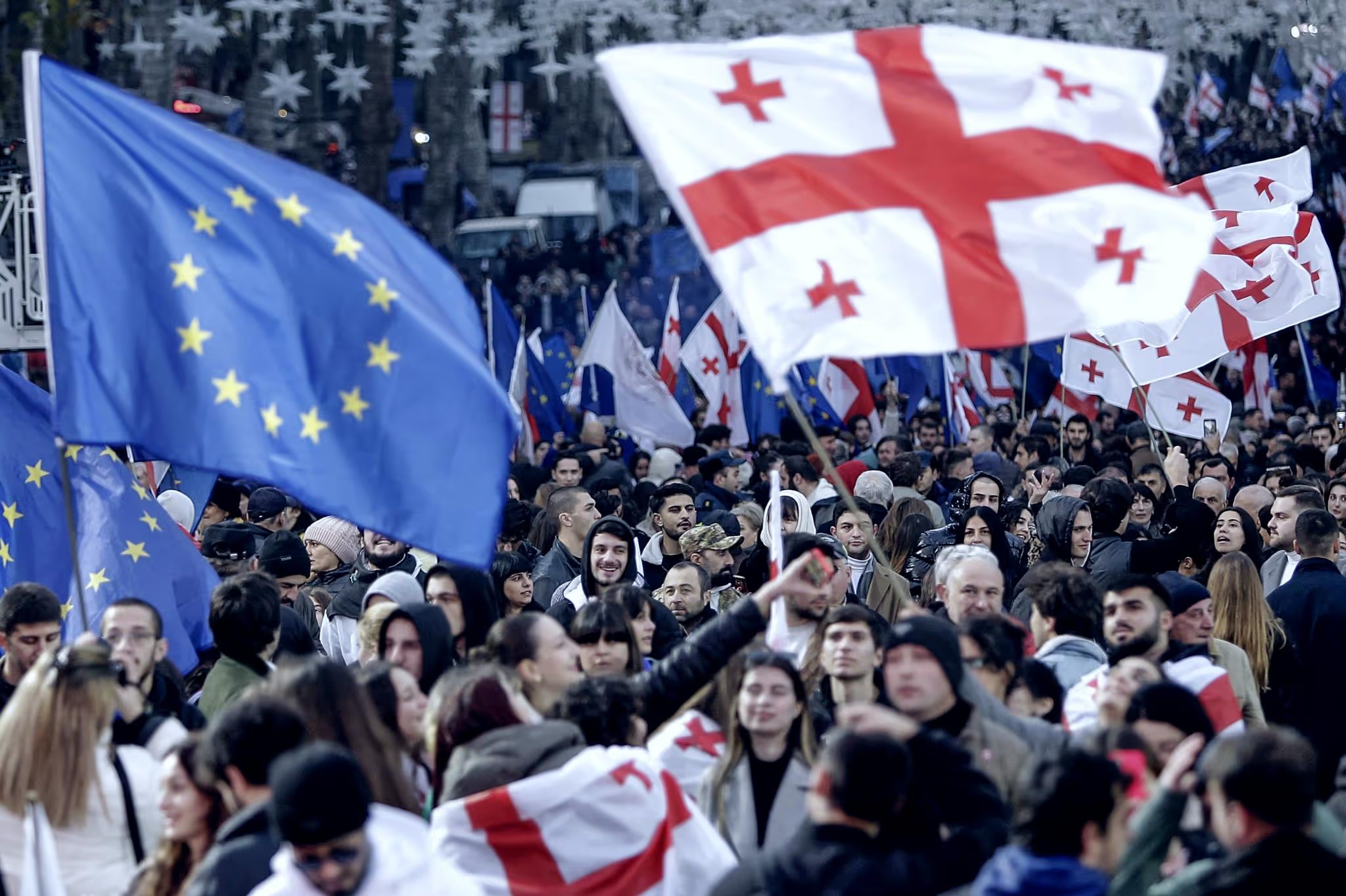
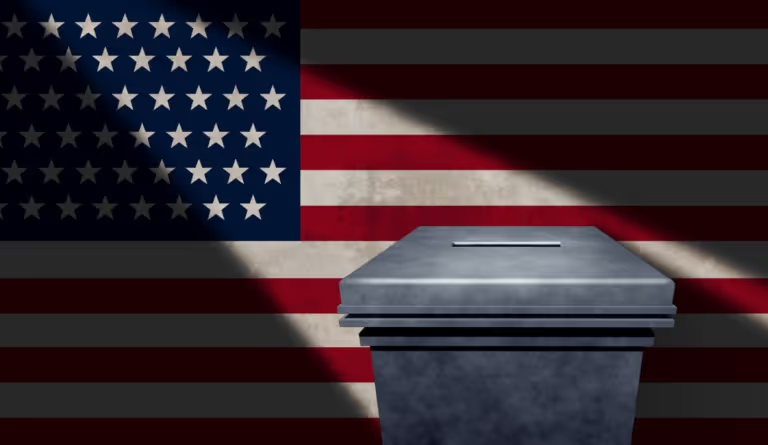



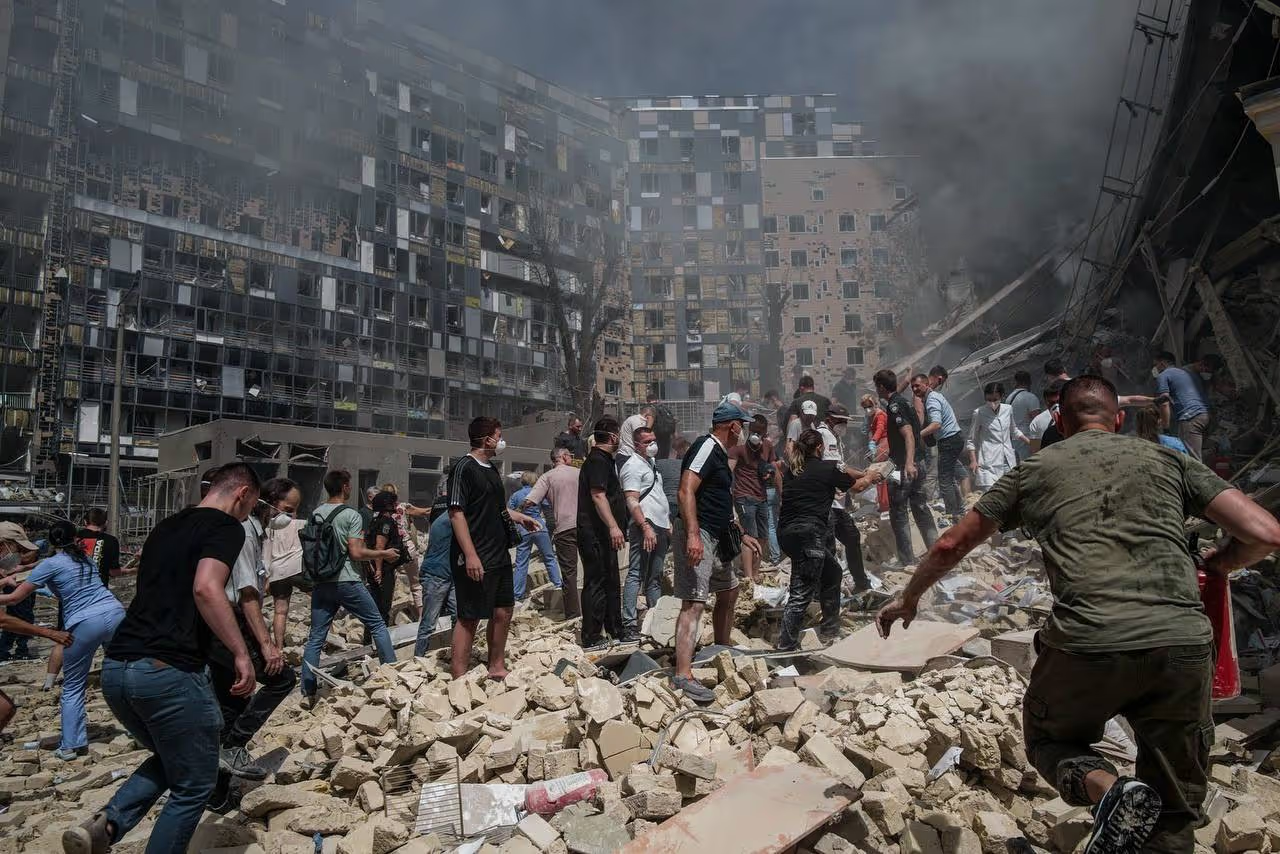

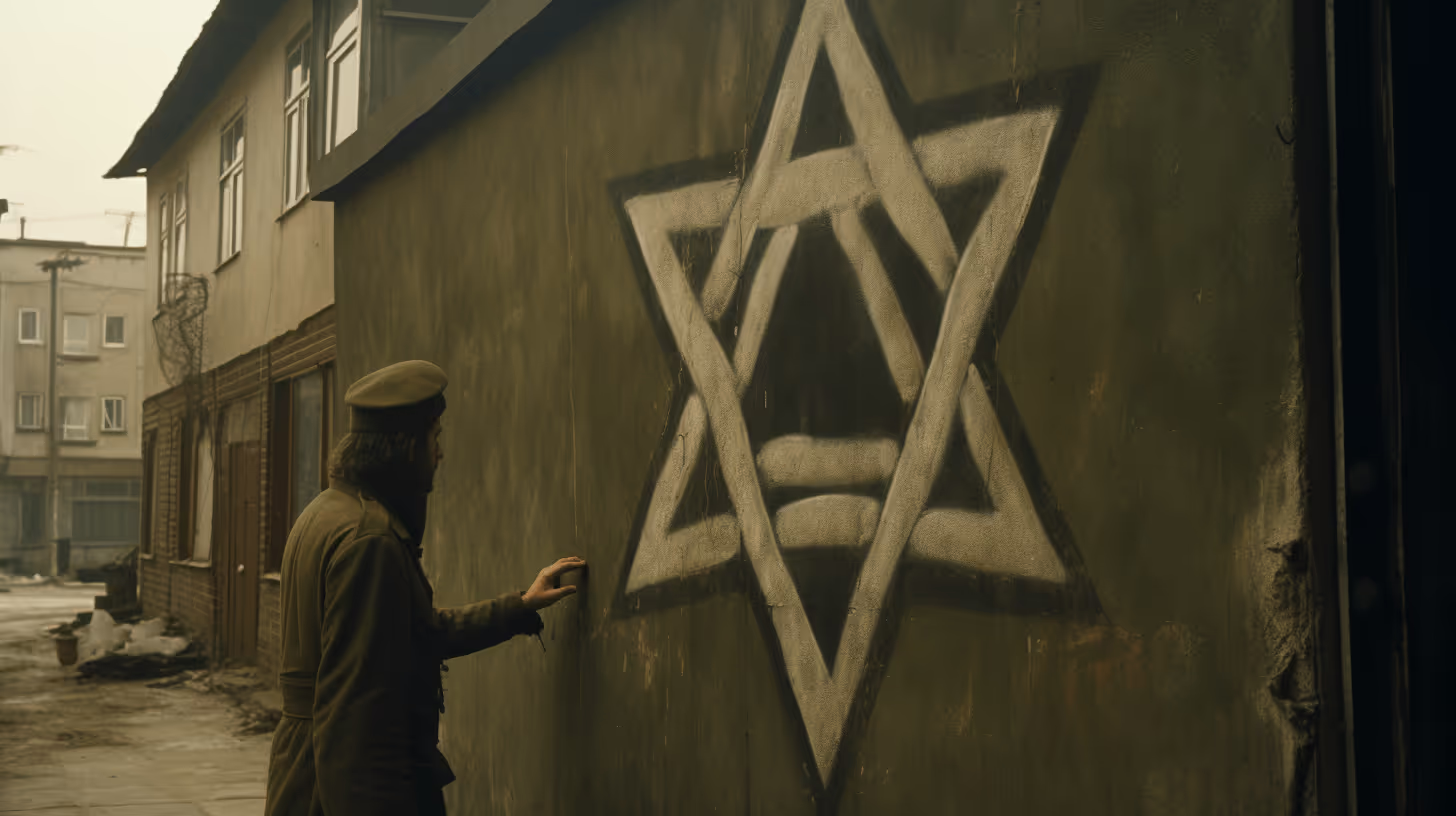
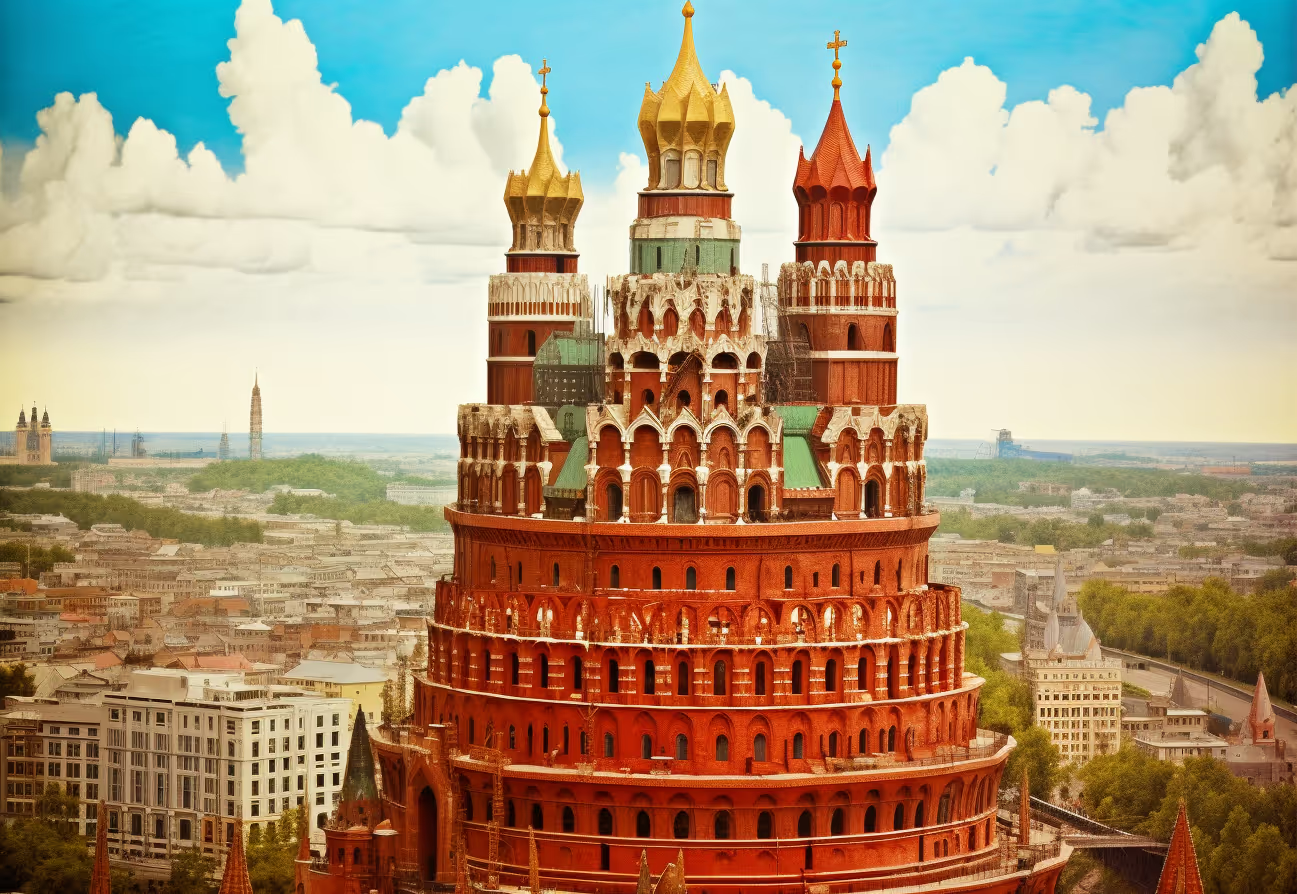
.avif)
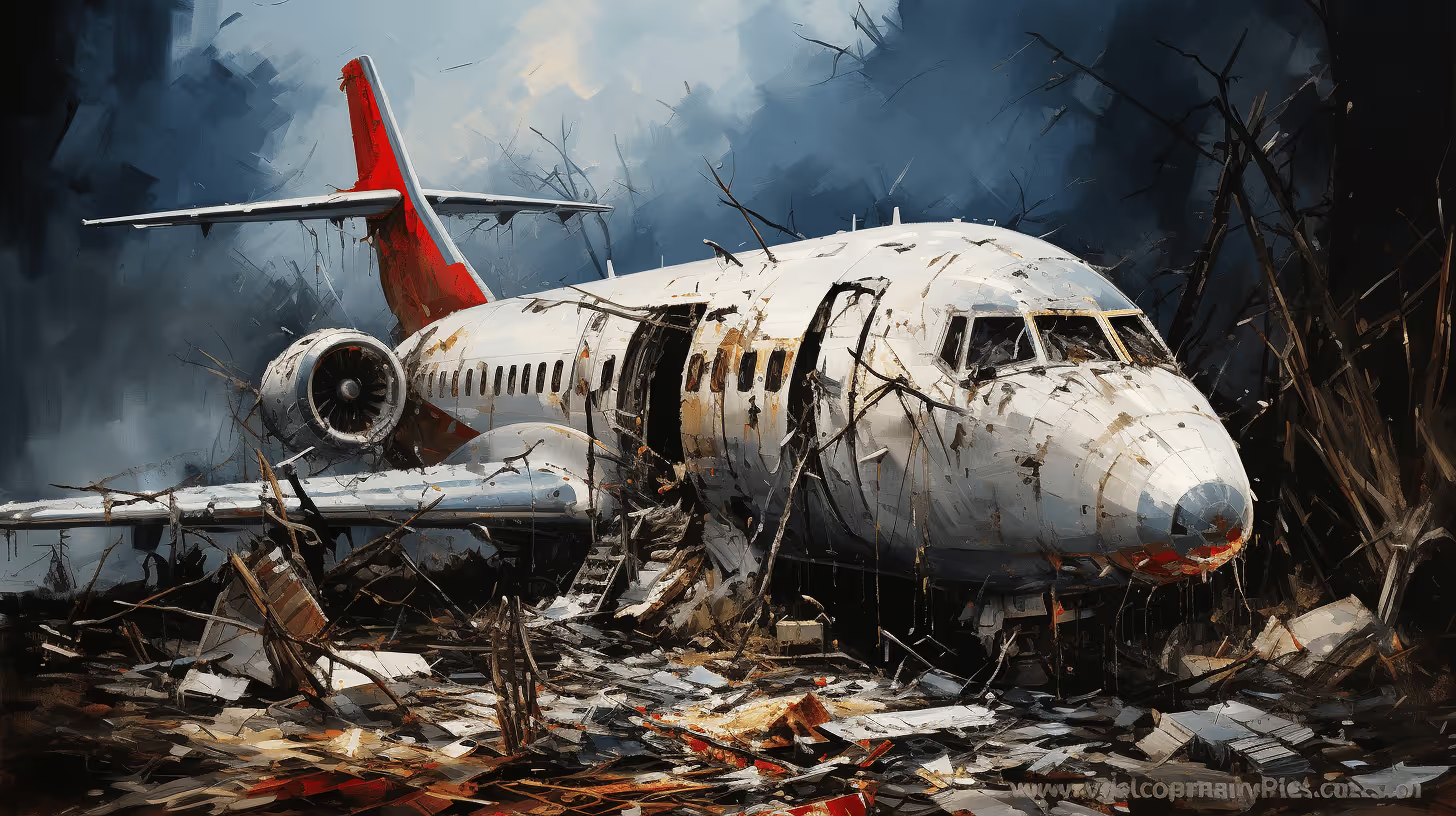
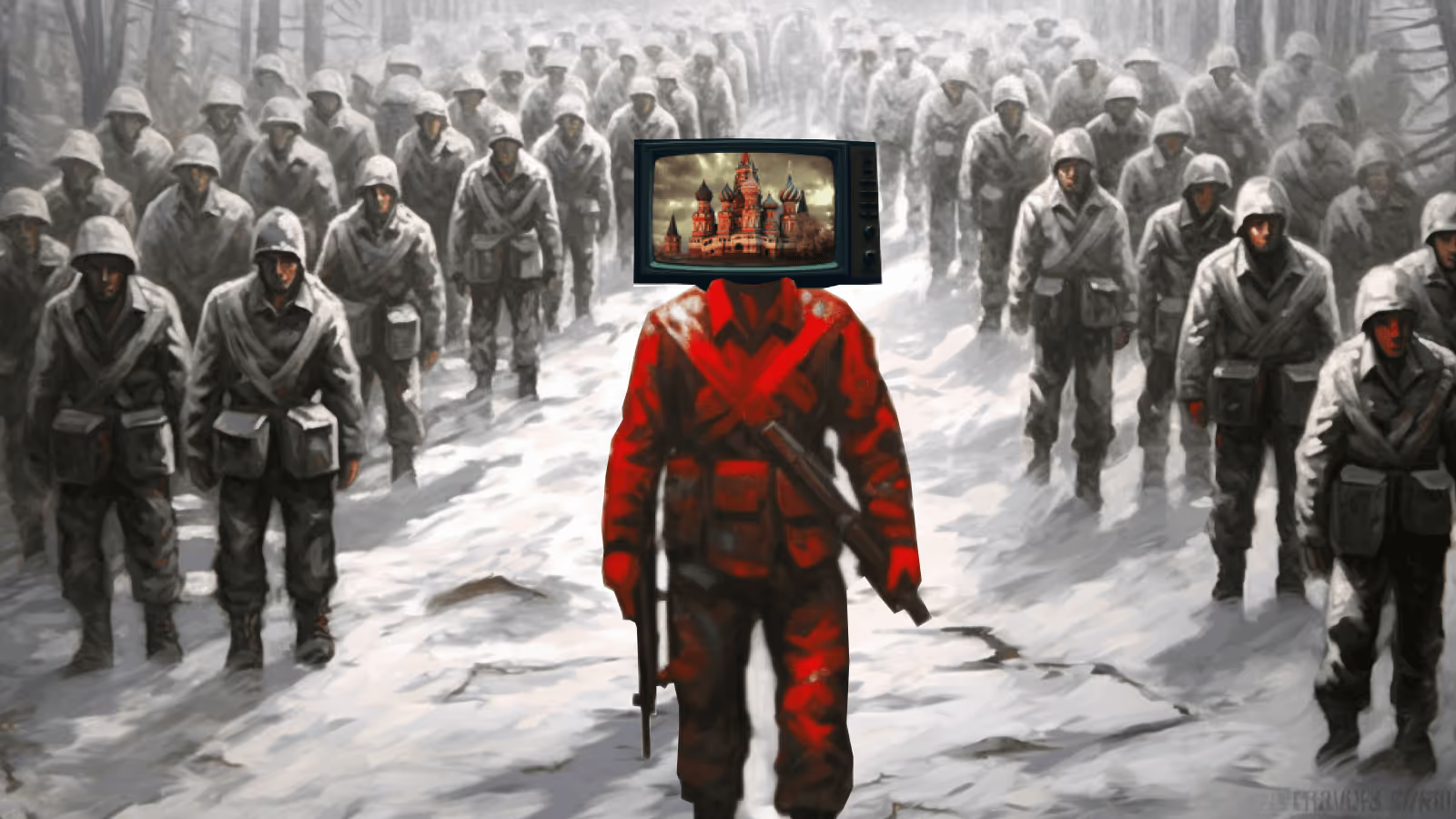
.avif)

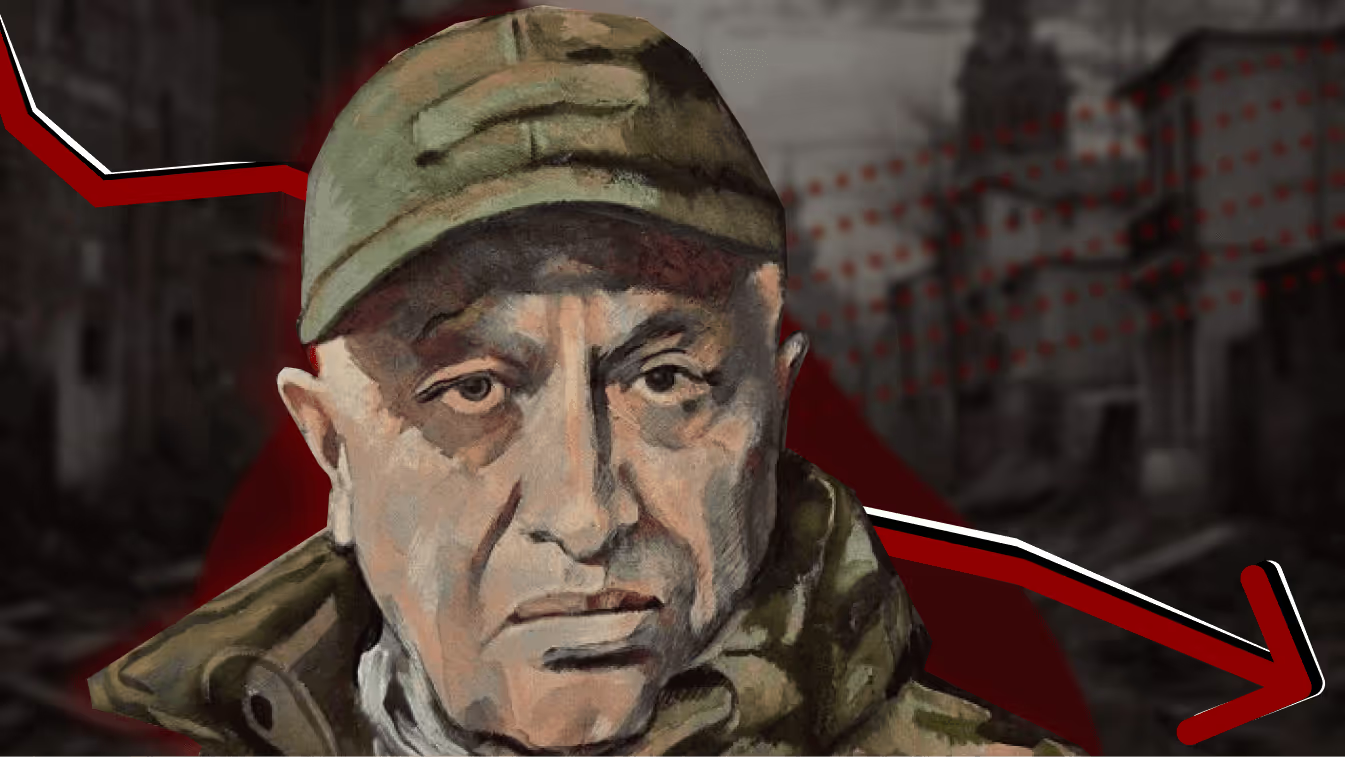
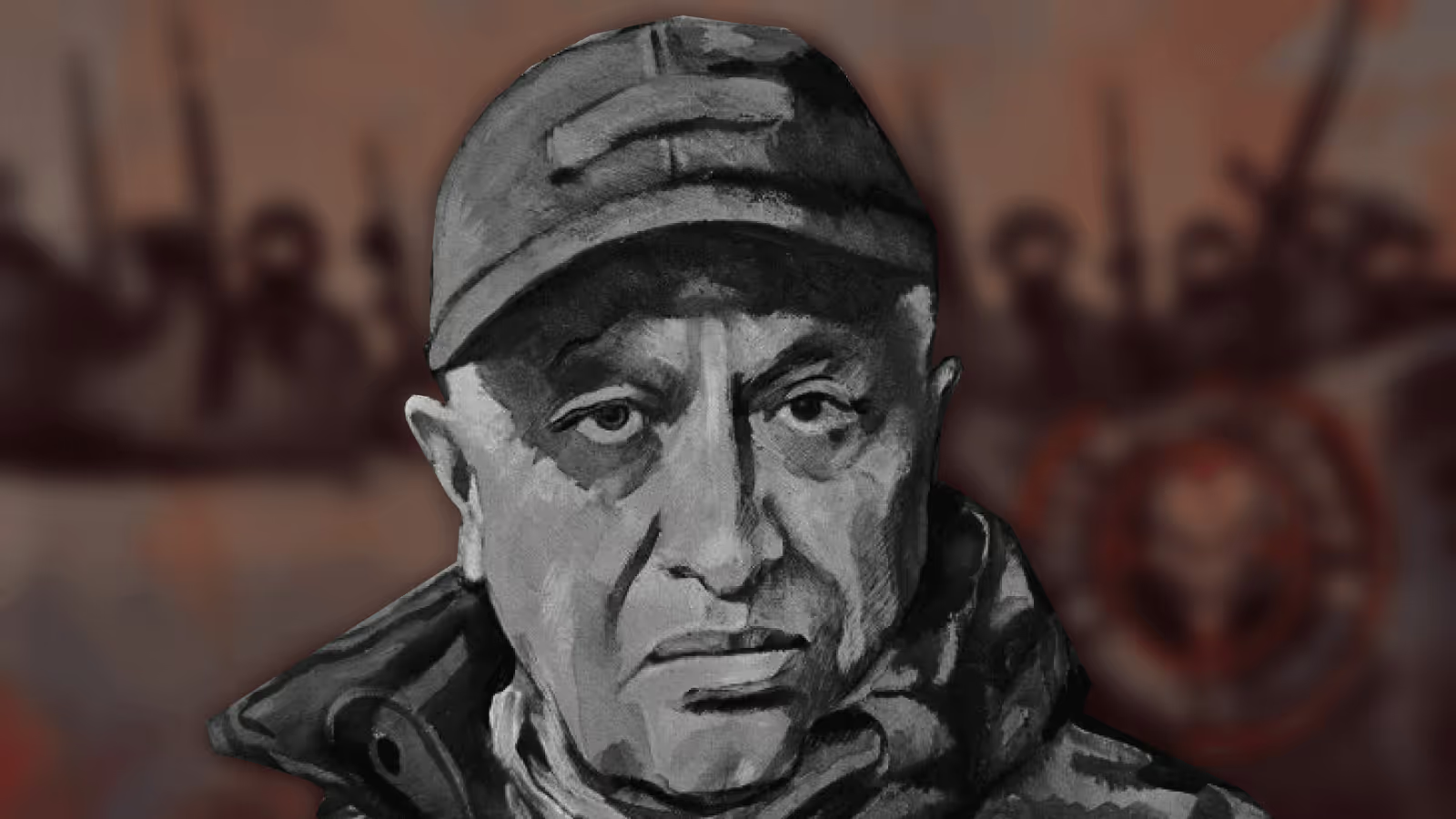
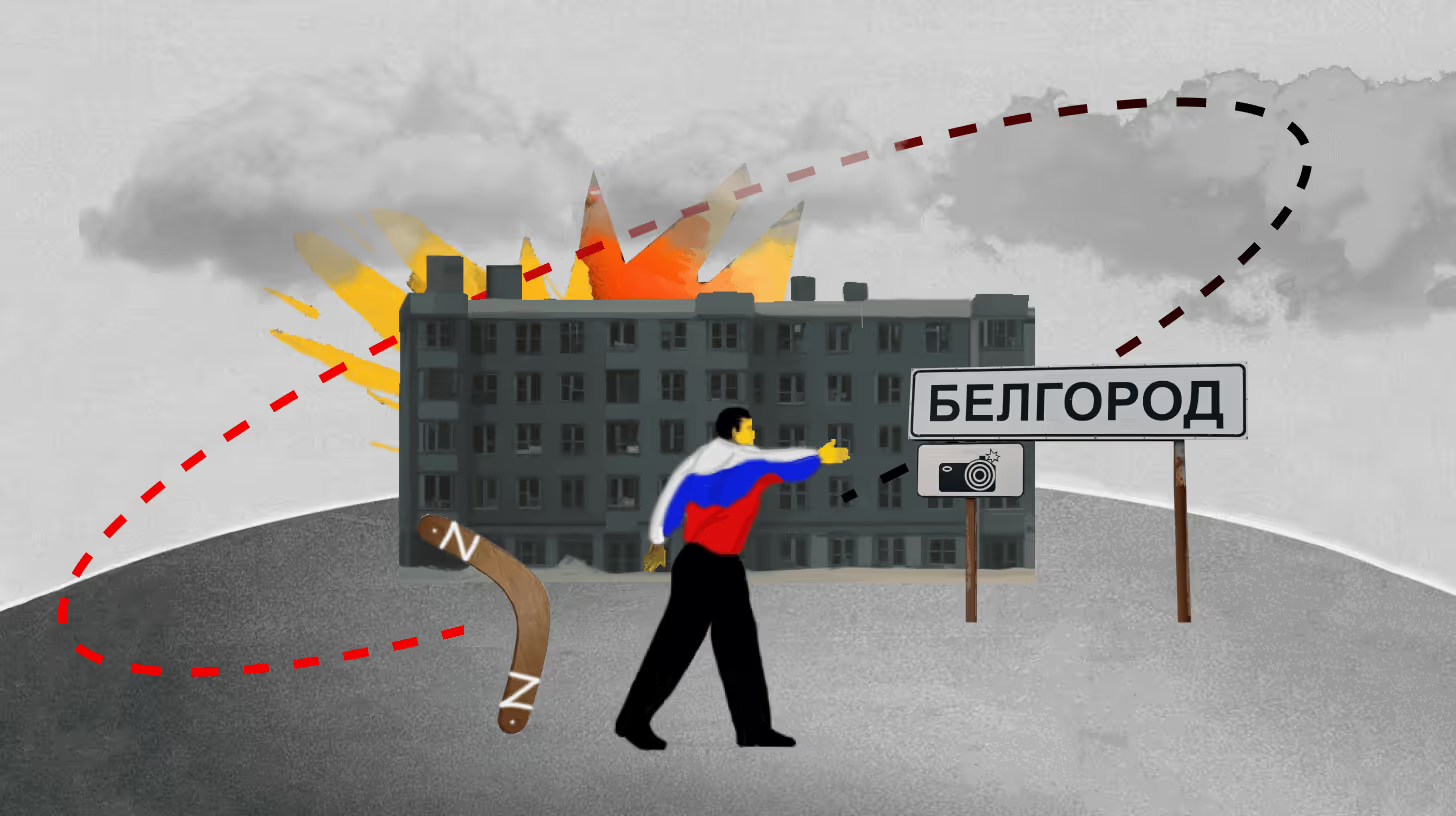
.avif)

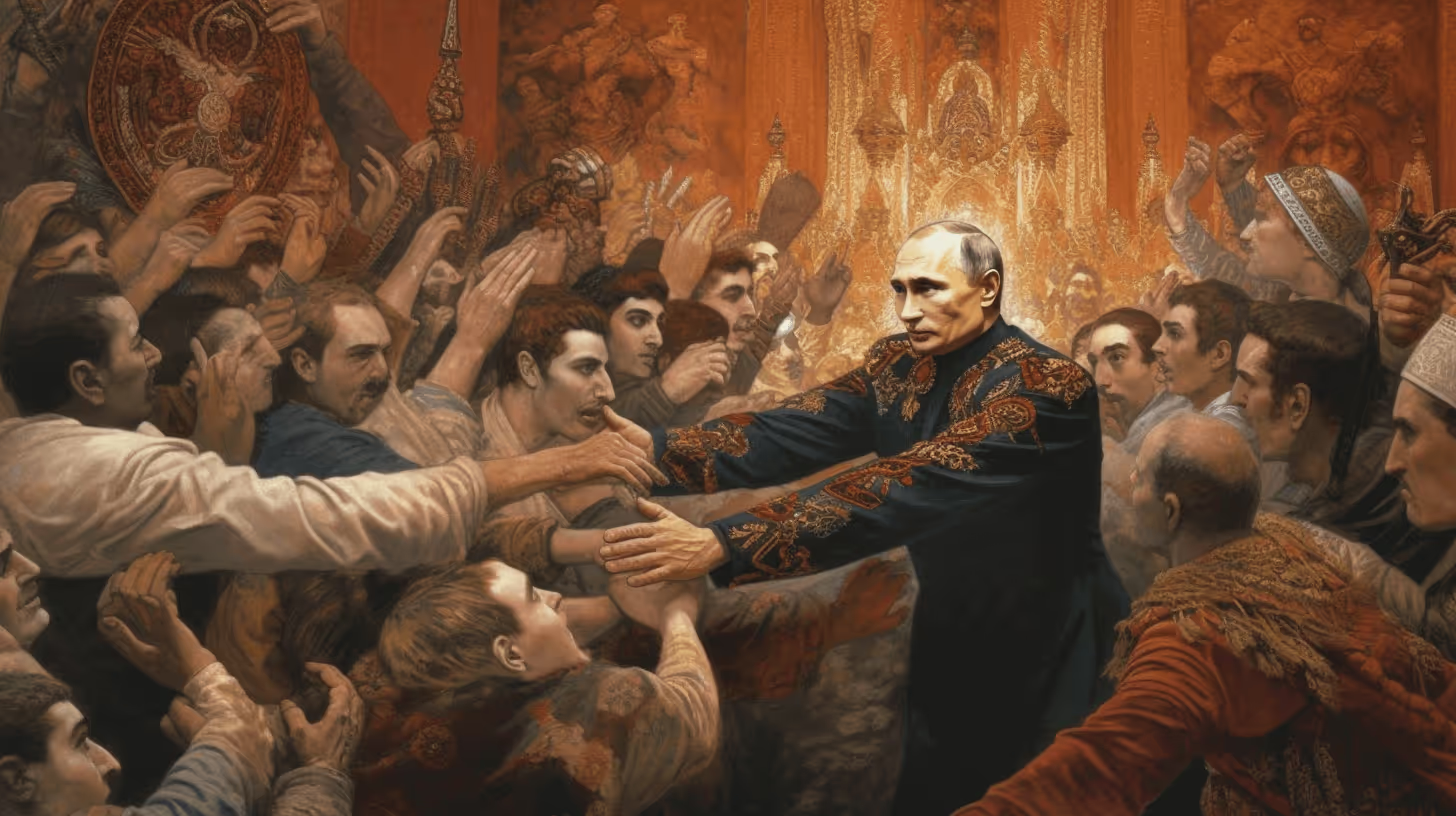
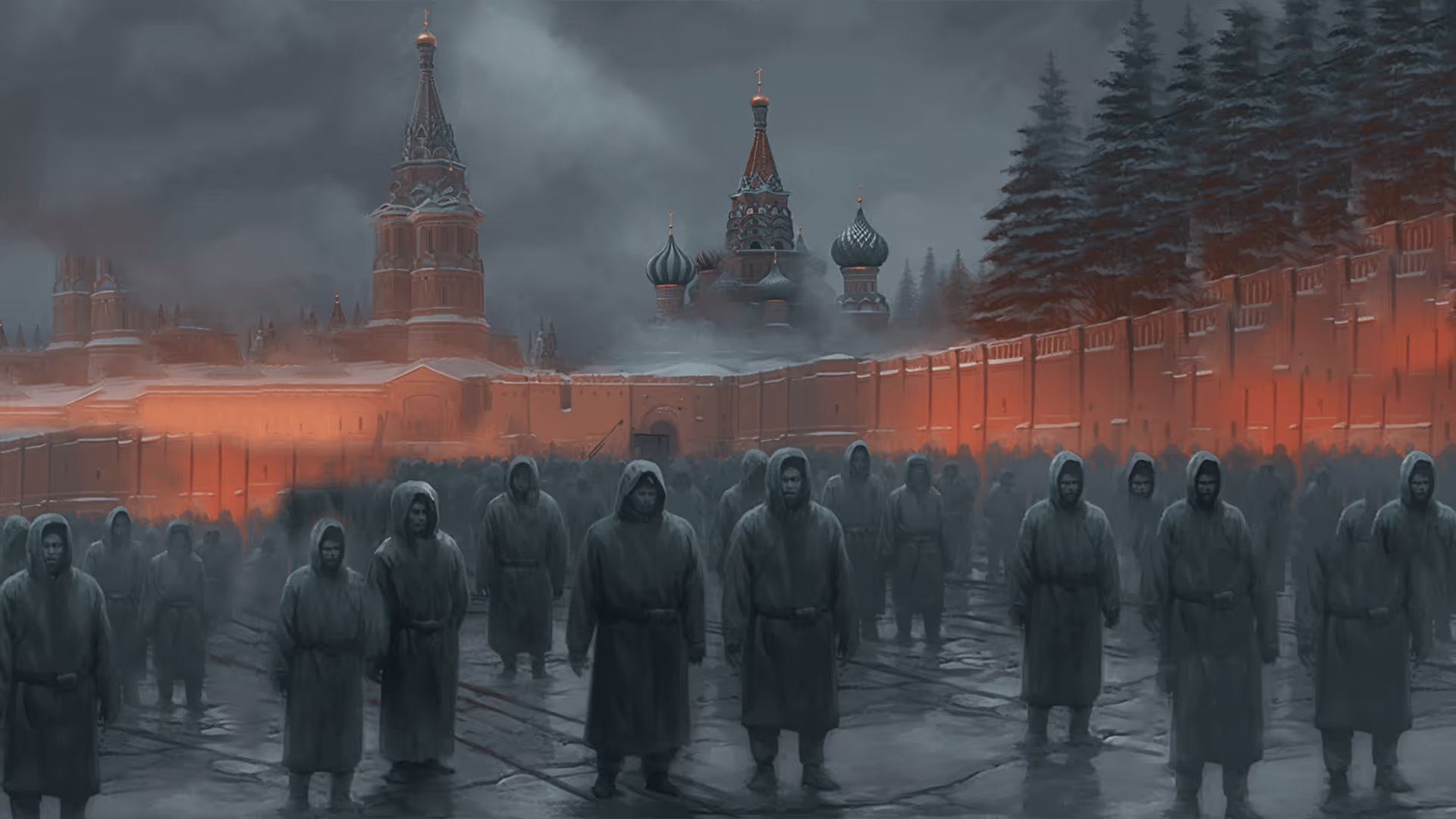

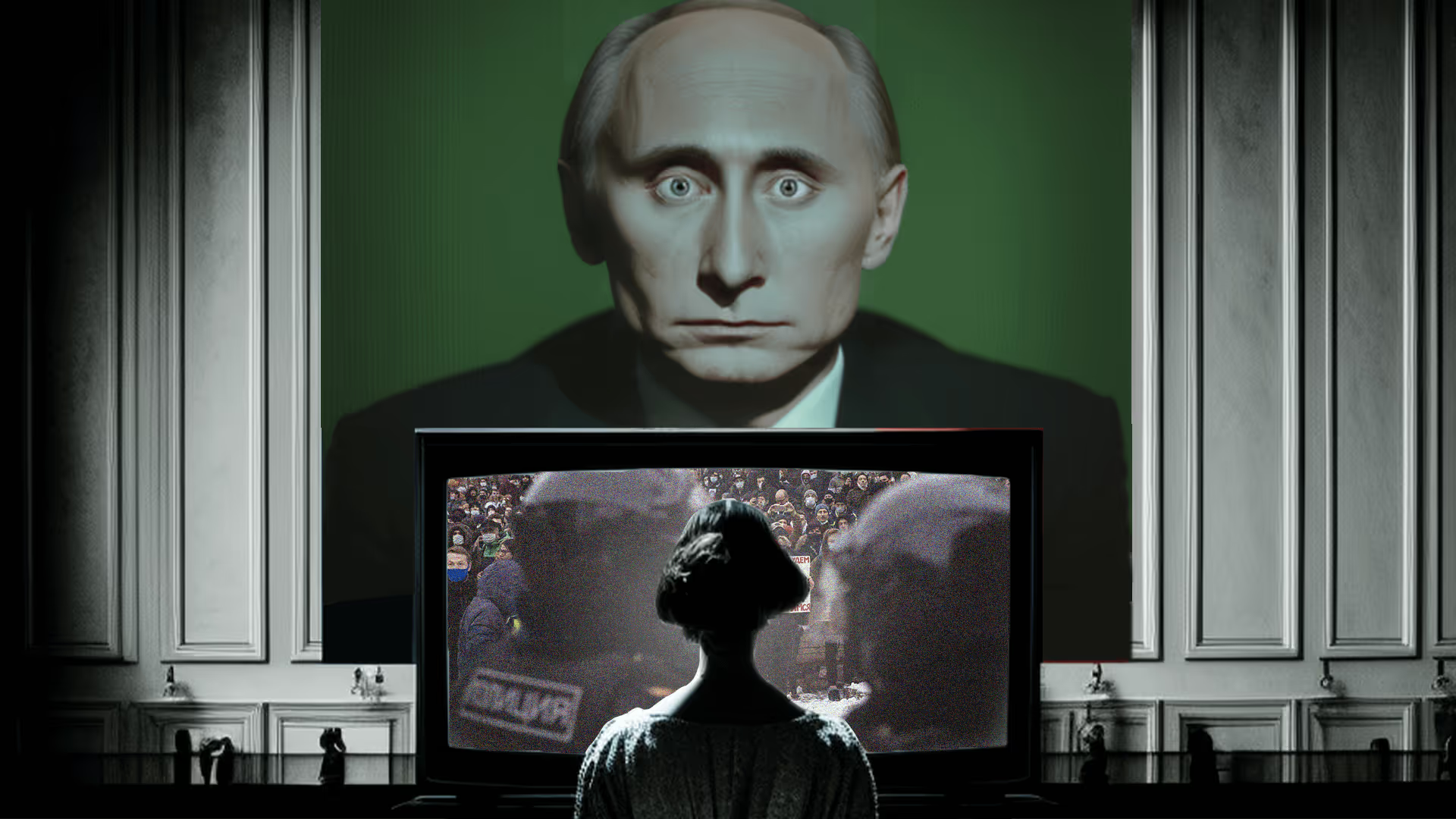



-01-2.avif)
-01.avif)
-01.avif)




-01%25202-p-500.avif)







